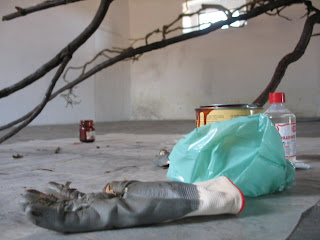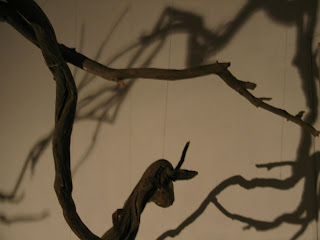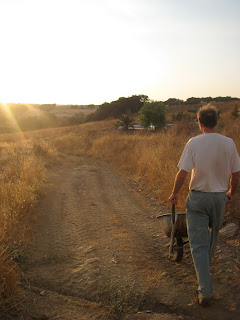Today we went out to Redondo, a small village nearby within the Alentejo district. Luis knew of an Anta located off the main roads he wanted to show us. Antas are burial structures that are part of the Megalithic tradition in Europe. These particular structures found in many places in the Alentejo area date back to around 6000 years ago or more.
The entry to the Anta always faces east.
Once the dead was placed inside along with possessions the Anta was buried under rubble forming a mound in a meadow or in a forested area. Vegetation would cover it over time in some places while erosion cleared away the rubble and vegetation in others exposing the burial structure such as this one.
Although these ancestors would have been hunters and gatherers they were obviously settled and able to spare the resources necessary to build these structures and cover them in rubble as per the custom. As I touch these stones I know they were also touched by many others each with their stories of sorrows and regeneration going back so long long ago.


































.JPG)
















